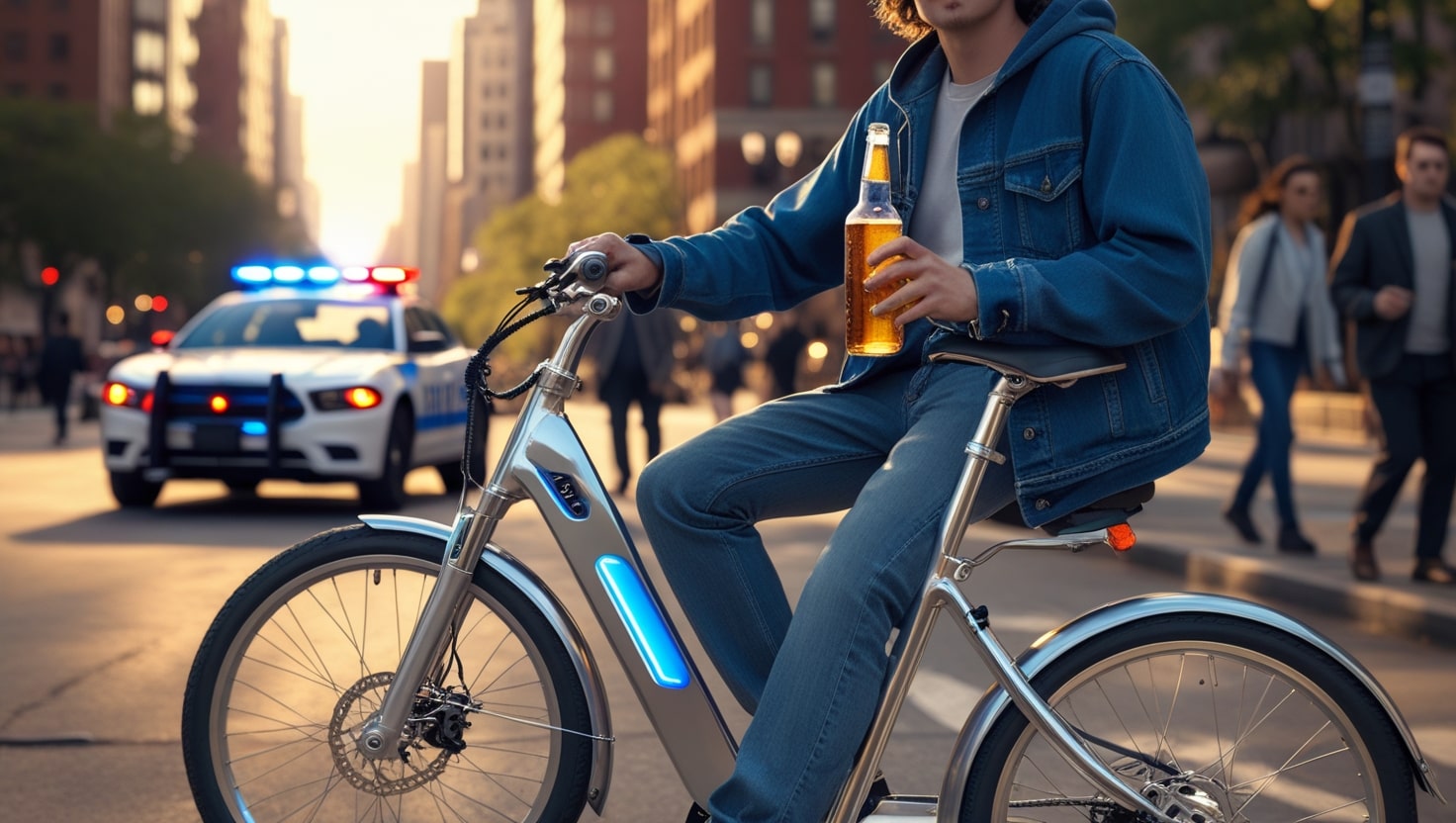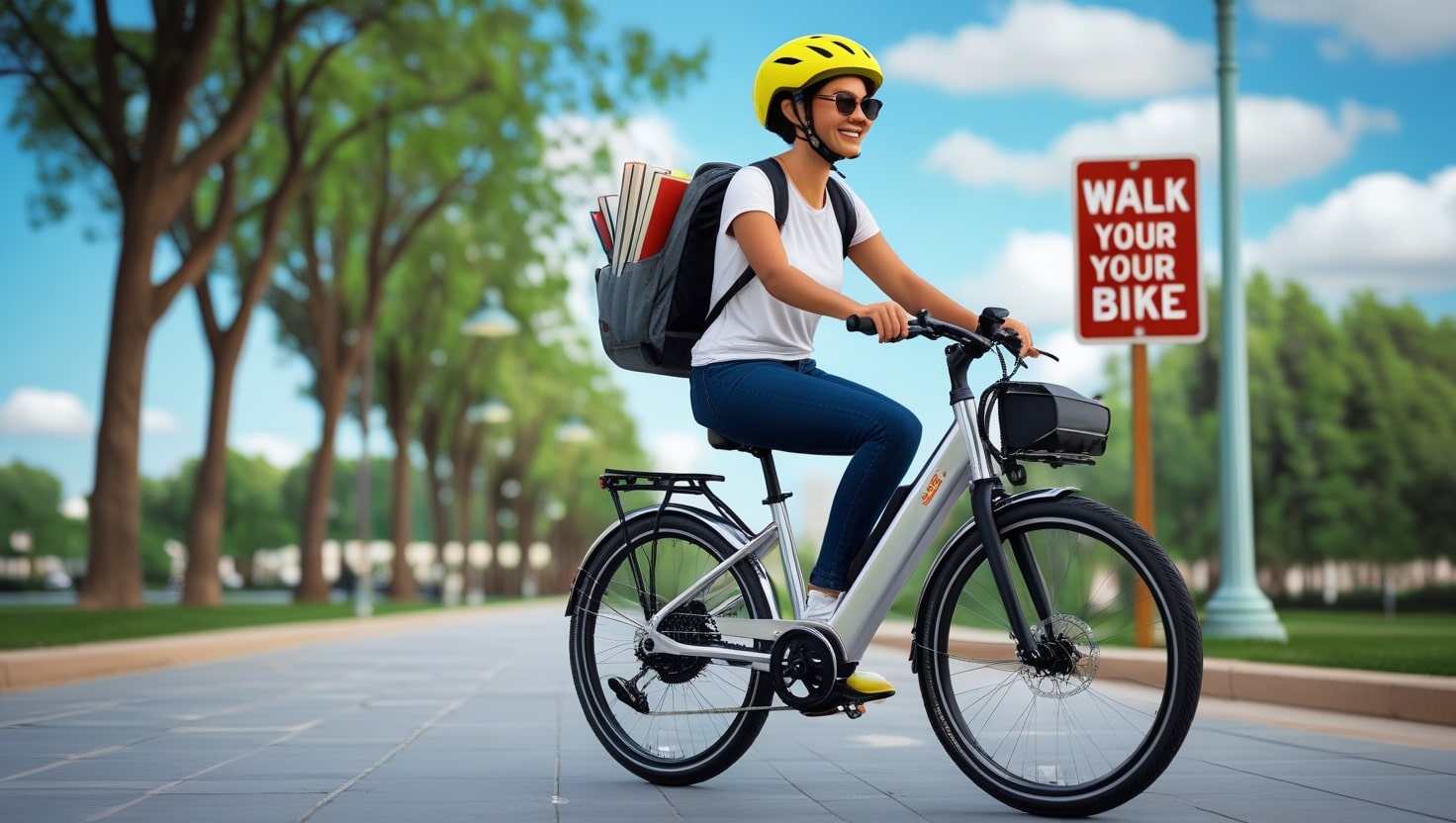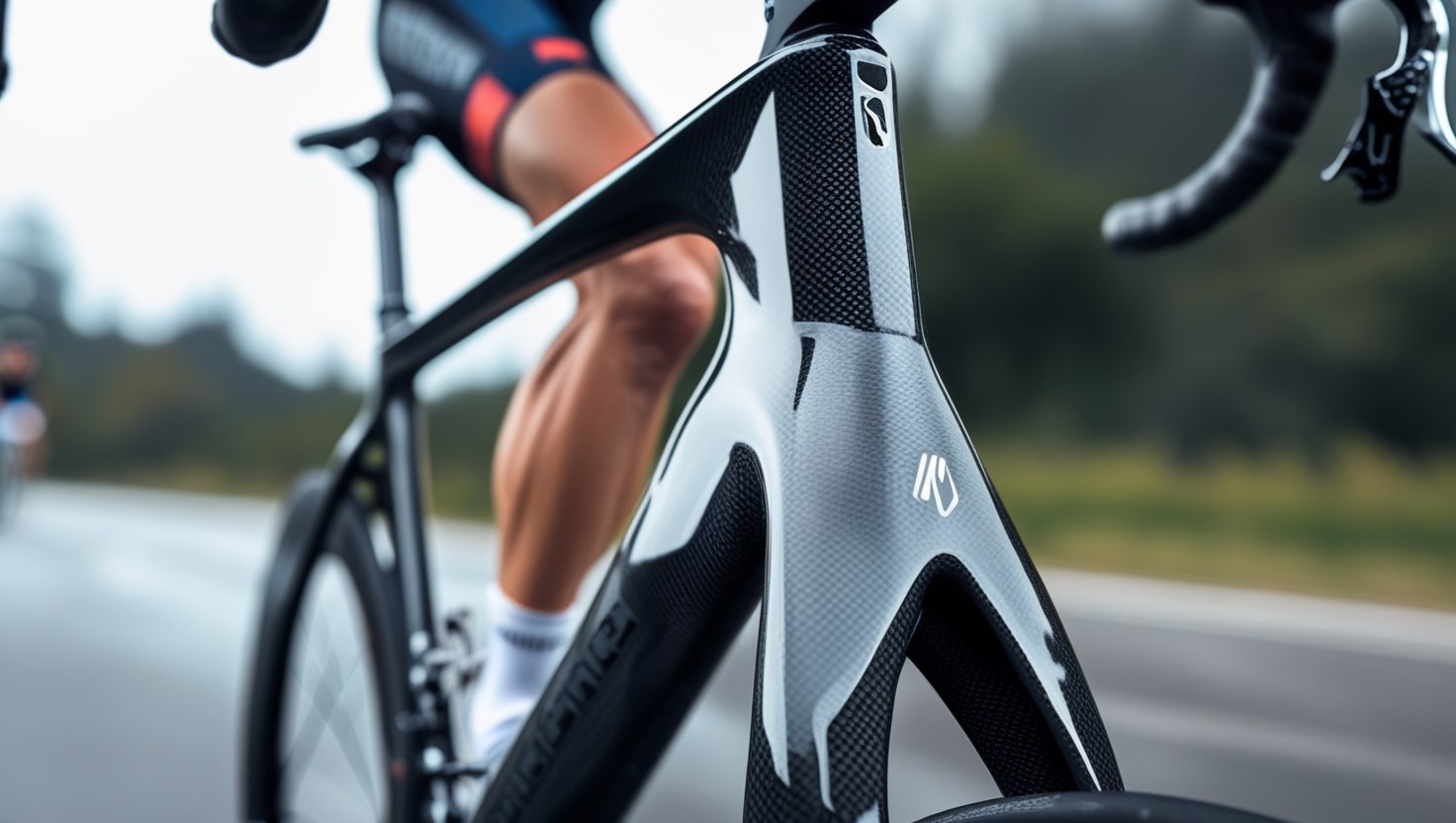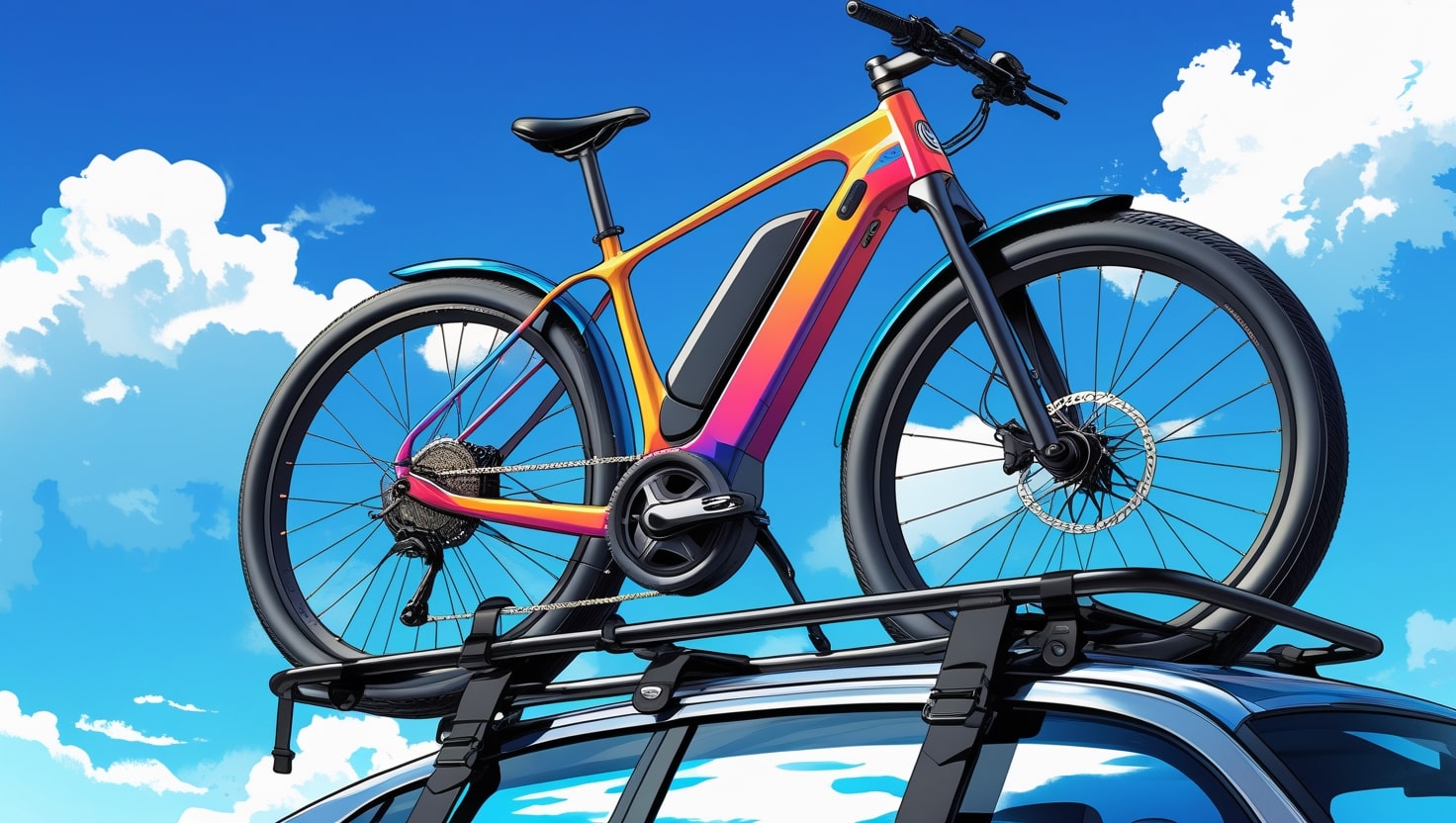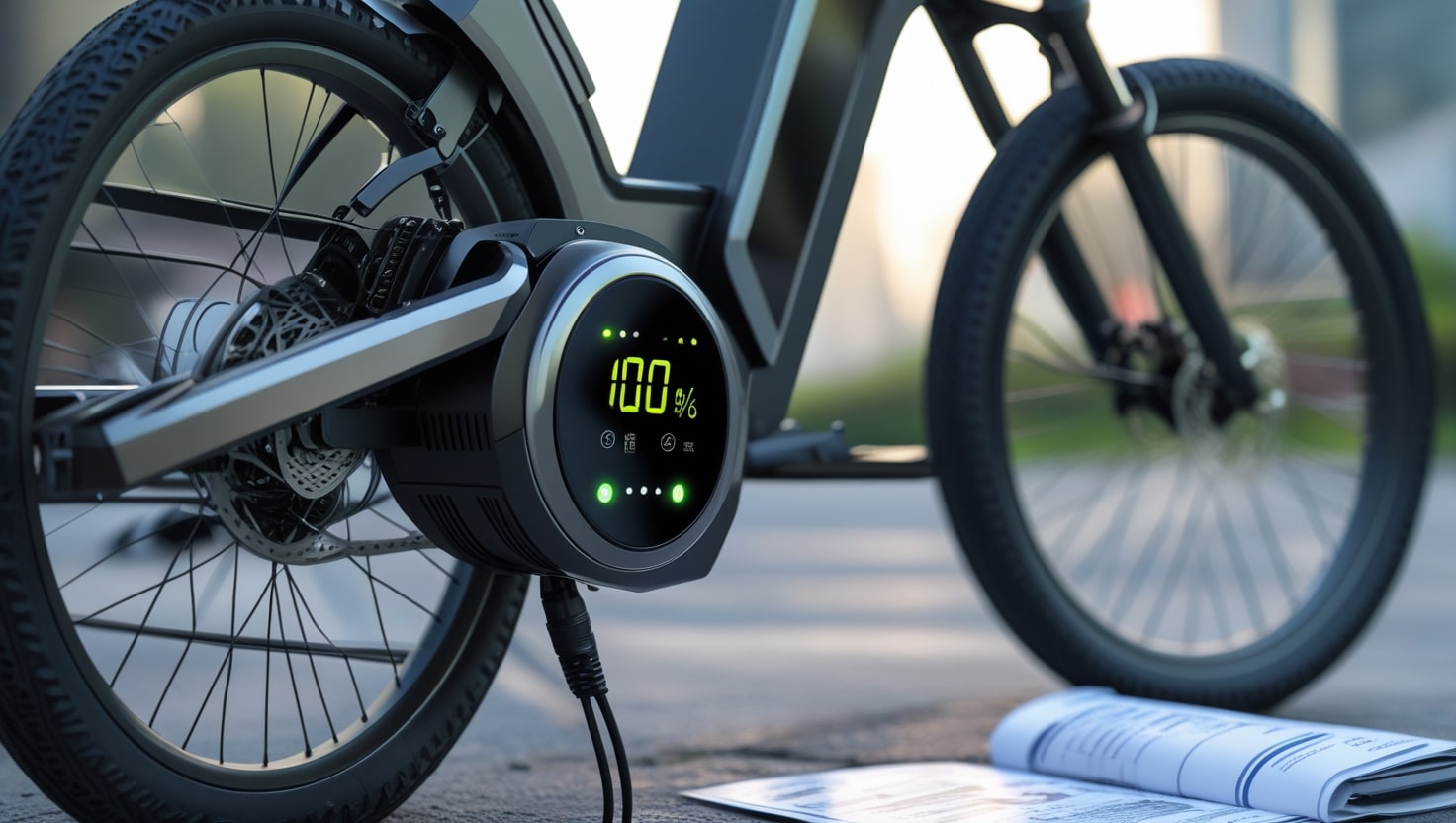When buying an electric bike, many riders wonder about its legality and safety on the road. Unlike traditional bicycles, e-bikes come with an electric motor and a battery that assist the rider while pedaling. This feature makes it easier to climb hills, cover longer distances, and reduce the physical effort that often leads to fatigue while cycling. However, these benefits also mean that e-bikes are subject to specific laws and regulations, which vary depending on where you live and ride.
Different countries and states have their own ways to define, classify, and regulate e-bikes. Some places categorize them based on speed and motor power, while others set specific rules and requirements for their usage. It’s essential to follow these guidelines to ensure you are riding legally and safely. This article will explain how e-bikes are recognized by law and are electric bikes street legal.
What are Electric Bikes?
Electric bikes, also known as e-bikes, are similar to regular bikes, but they come with an extra feature—an electric motor and a battery. These components help riders pedal with less effort, making it easier to go faster, tackle uphill routes, and ride against strong wind. The motor varies in size, shape, and power, depending on the type of e-bike. Some are designed for city commuting, while others are built for longer journeys covering a long distance.
There are two main ways an electric bike operates. The pedal-assist mode means the motor only works when the rider is actively pedaling, providing a natural boost. On the other hand, the throttle mode allows the rider to control the motor using a twist of the handle or a press of a button. Some e-bikes combine both modes, letting riders choose how they want to ride based on their comfort and road conditions.
Classification of Electric Bikes
Not all e-bikes are the same—they come with different features and functions, making them suitable for various purposes and places. To make it easier to understand and regulate them, they are divided into specific classes or categories. The most common classification system follows a three-tiered structure with three types: Class 1, Class 2, and Class 3. Each class has its own rules, requirements, speed, power, and operation standards to ensure safe and legal usage.
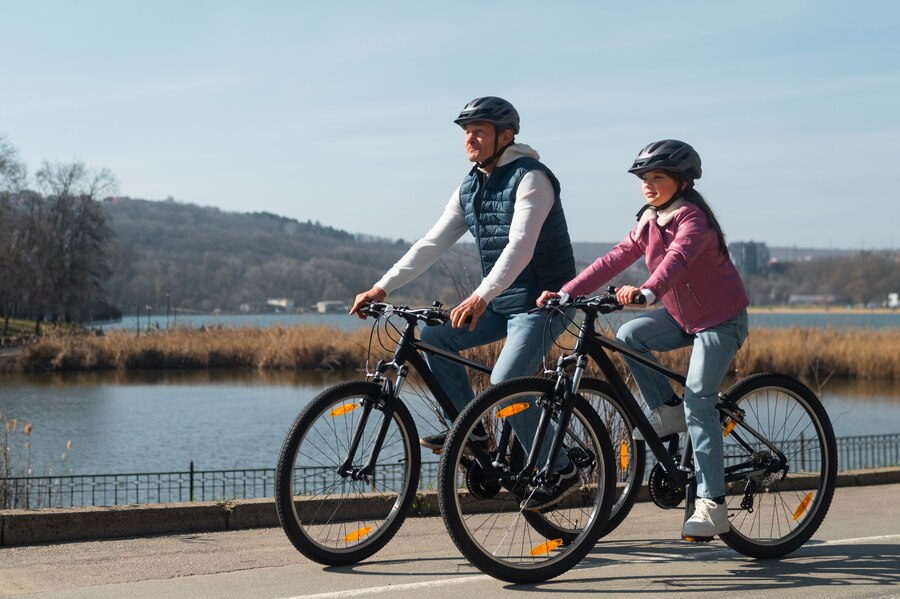
Class 1 Electric Bike
E-bikes in the pedal-assist mode category have a motor that only works when you pedal. Unlike throttle-powered models, the motor will stop assisting once you reach a speed of 20 mph (32 km/h).
These bikes are generally allowed on bike paths and trails, unless specific state’s regulations have stated otherwise.
Class 2 Electric Bike
E-bikes in the throttle mode category can operate without pedal assist, as the motor works when the rider twists the handle or presses a button. The motor stops providing power once the bike reaches 20 mph (32 km/h).
These bikes are generally allowed on roads and bike lanes, but access to bike paths and trails depends on the state’s regulations. Some states permit both throttle mode and pedal-assist bikes in certain areas.
Class 3 Electric Bike
E-bikes in the pedal-assist mode category have a higher speed limit, meaning the motor only works when you pedal, but it will stop once you reach 28 mph (45 km/h).
These bikes are allowed on roads and bike lanes, but many states do not permit them on bike paths and trails. Some areas require riders to wear a helmet and have a speedometer while riding a Class 3 e-bike for safety reasons.
Related: How to Get a Free Electric Bike
Street Legal Requirements for Electric Bikes
Riding an e-bike is a lot of fun, but you must follow the rules and regulations that apply in your location. Different countries and states have their own laws and requirements, including speed limits, motor power, helmet use, and age restrictions. It’s important to check the local laws before you ride on the road, as failing to comply could result in fines or penalties for not being street legal.

United States
According to federal law, an electric bike is considered a bicycle if it has a motor with no more than 750 watts and a maximum speed of 20 mph when using motor power alone. However, states have different laws and classifications, with many following a three-class system that distinguishes between pedal-assist and throttle modes, setting unique speed limits for each class.
Several states in the US, including California, New York, Florida, Alabama, Michigan, and Arkansas, allow riding e-bikes on public roads and paths, though specific laws may differ by county. It is essential to do thorough research on local laws before riding, as regulations vary widely and can impact where and how you ride legally.
United Kingdom
Under UK law, an electric bike is legally recognized as an electrically assisted pedal cycle (EAPC) if it has pedals that can propel it and a motor with a power limit of 250 watts. The maximum speed allowed using motor power alone is 15.5 mph. EAPCs are treated like normal bicycles, meaning they do not require a license, registration, or insurance to ride.
Riders must be at least 14 years older and wear a helmet for safety. However, electric bikes that do not meet the EAPC criteria are classified as mopeds or motorcycles and must follow their respective rules, including registration and licensing requirements.
Related: Are Mini Bikes Street Legal
European Union
Under EU law, an electric bike is defined as a bicycle equipped with a motor that does not exceed 250 watts and has a maximum speed of 25 km/h using motor power alone. The motor can only assist the rider while they are pedaling and must cut off once the bike reaches 25 km/h. These e-bikes are known as pedelecs and must comply with the European Standard EN 15194.
Pedelecs are considered normal bicycles, so they do not need a license, registration, or insurance to ride. Riders must follow the same rules as cyclists in their country. However, electric bikes that do not meet the pedelec criteria are classified as speed pedelecs or s-pedelecs, which have different legal requirements.
Australia
Under Australian law, an electric bike is defined as a bicycle with a motor that does not exceed 250 watts and has a maximum speed of 25 km/h using motor power alone. The motor can only assist the rider while they are pedaling and must cut off when reaching 25 km/h. In Australia, E-bikes are also called power-assisted bicycles and are treated the same as normal bicycles.
Riders do not need a license, registration, or insurance to ride an e-bike. However, they must be at least 16 years or older to legally operate one. Additionally, wearing a helmet is a mandatory safety requirement across all states.
New Zealand
Under New Zealand law, an electric bike is defined as a bicycle with a motor of up to 300 watts and a maximum speed of 32 km/h using motor power alone. The motor is meant to assist the rider only while pedaling and must cut off once it reaches its top speed. In New Zealand, E-bikes are also referred to as low-powered vehicles and are treated as normal bicycles, meaning they do not need a license, registration, or insurance to ride.
Riders must be at least 14 years or older to legally operate an e-bike. Additionally, state laws require all riders to wear a helmet for safety. However, electric bikes that do not meet the criteria for low-powered vehicles are classified as motor vehicles and must follow the rules for motorcycles.
Canada
Under Canadian law, an electric bike is defined as a bicycle with a motor that has a power limit of 500 watts and a maximum speed of 32 km/h using motor power alone. The motor is designed for pedal assist only and must cut off once it reaches its top speed. In Canada, E-bikes are also called power-assisted bicycles and are treated the same as normal bicycles.
Riders do not need a license, registration, or insurance to ride an e-bike. However, the minimum age requirement for riding in Canada is 16 years, and it is required by law to wear a helmet for safety.
Which ebikes are illegal?
The laws covering electric bikes in the UK start with defining what constitutes an ebike, officially known as an electrically assisted pedal cycle (EAPC)—its technical name. However, not all electrically powered two-wheeled vehicles fit into this category. Some types of e-bikes with additional wheels, such as three or more, still fall under the same legislation. However, e-bikes that do not adhere to or exceed EAPC regulations may be classified as electric motorbikes, requiring different legal approvals.
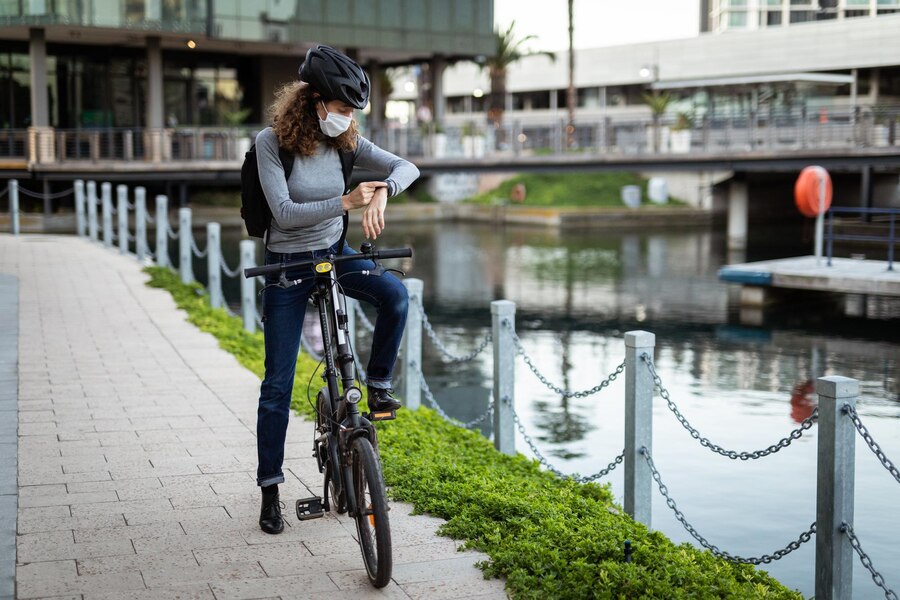
What is an EAPC?
An Electrically Assisted Pedal Cycle (EAPC) is an electric bike that meets specific legal requirements to be considered a standard bike rather than a motor vehicle. Here’s what qualifies an EAPC:
- Must have pedals that allow the rider to propel it forward.
The electric motor’s power output cannot be more than 250 watts.
- The motor cannot propel the bike when it is traveling at more than 15.5 mph.
- The bike must display either the power output or the manufacturer details of the motor.
- It should also show either the battery’s voltage or the maximum speed of the bike.
Let’s take a more detailed peek at each of these components.
An EAPC (Electrically Assisted Pedal Cycle) is a type of bike that provides assistance to the rider only when they are pedaling. The motor is designed to work in proportion to the effort put in, using sensors to recognize when the rider is pushing on the pedals. This ensures the bike does not power forward on its own. According to laws in the UK, EU, and Australia, the motor must cut out once the speed reaches 15.5 mph (25 km/h). However, in the USA, the limit is higher, allowing e-bikes to assist up to 20 mph.
Riders can still ride faster than these limits, but the motor will stop assisting, meaning they will be moving solely under their own steam. A strong or fitter rider can exceed these speeds on flat roads or when traveling downhill. Some high-performance e-bikes, such as performance-oriented drop-bar electric road bikes, are built for this purpose.
The power output of an EAPC is limited to a continuous 250 watts, though some models have a peak power rating that is higher. Special eMTBs (electric mountain bikes) often have quoted outputs above this limit. There is also a separate category for cargo-carrying e-bikes with more powerful motors, reaching up to 1,000 watts. These fall under the L1e-A classification, meaning they must be licensed, registered, and insured. Some of these models also come with a throttle, allowing power control without pedaling.
Related: New Jersey eBike Laws

What are the regulations when riding an ebike?
When you ride an EAPC-regulated ebike, you are permitted to use it like a regular bike, meaning you can ride on roads, cycle lanes, and bridle paths. However, unlike a non-electric bicycle, you are not allowed to use it on pavements unless they are designated for mixed cycle and pedestrian use. Riders must obey the Highway Code, following stop signs and traffic lights. If you are not confident about the rules of riding, consider enrolling in a cycle safety class to get to grips with the legal requirements.
Is there an age limit for using an ebike?
The minimum age to ride an EAPC-regulated ebike on public roads and cycle paths is 14 years old. Some bike manufacturers produce children’s specific electric bikes, but if a rider is 13 years old or younger, they can only be used on private land with the land owner’s permission.
Do you need a license to use an ebike?
You do not need a license to ride an EAPC-regulated ebike, as it is legally classified as a regular bicycle. However, if you plan to ride more powerful bikes that are classed as mopeds or electric mountain bikes, a license may be required depending on local regulations.
Do you need to insure an ebike?
You do not need to register your bike or have insurance to ride an e-bike legally. However, experts recommend getting coverage that covers potential risks such as theft, personal accident, and third-party liability as a minimum. There are many options available, and a guide can help in choosing the best bicycle insurance for your needs. If you want extra protection, you can buy specific electric bike insurance policies designed for e-bike riders.
Related: Washington DC electric bike Laws
Do you have to wear a helmet to ride an ebike?
In the US, riders are not legally required to wear a helmet when using an electric bike in most states. However, safety experts strongly advise always using one, especially due to the higher weight and average speed of e-bikes compared to traditional bicycles.
Do you need to MOT an ebike?
An EAPC-regulated ebike does not need an MOT to be used on the road. However, it is advisable to keep your electric bike well-maintained to ensure it stays safe while riding. Regular maintenance enhances efficiency and helps avoid issues. If you’re unsure how to care for your bike, a guide on e-bike upkeep can help.

Are the laws different in Northern Ireland?
Until mid-2020, a legislative quirk meant that electric bikes were treated differently in Northern Ireland compared to the rest of the US. Riders had to register their ebike, obtain a license to use it, carry insurance, and wear a motorcycle helmet, as it was treated like a moped. However, the rules changed in May 2020, bringing the law in line with the rest of the country. Now, any ebike that complies with EAPC regulations is considered a non-electric bicycle and does not require additional legal requirements.
Consequences of Violating the Electric Bike Law
Riding an e-bike can be fun, but it’s important to be responsible and follow the law. If you break the rules and regulations, you may face serious consequences, including fines, penalties, or even imprisonment. The punishment can depend on the type and severity of the offense and the location where you were riding. If your e-bike is more powerful than the legal limit or can go faster than the maximum speed, you may need to register, insure, and tax it as a motor vehicle.
If you fail to do so, you could be charged with driving without a license, insurance, or registration. Riding on roads or trails where e-bikes are not allowed could also result in being fined or penalized by authorities. To avoid these issues, always check the local laws in your area and ensure that your e-bike meets the legal requirements.
Related: Oklahoma Electric Bike Laws
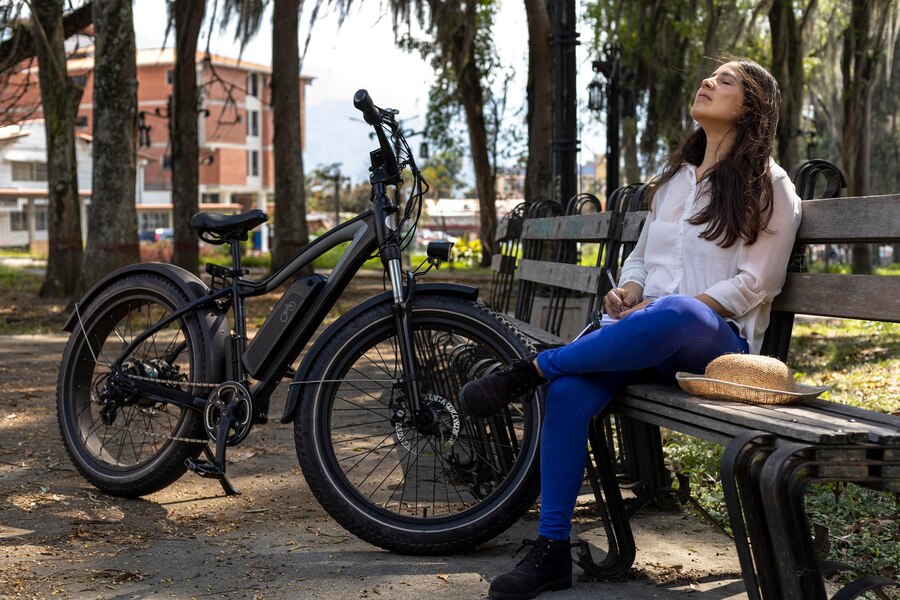
Where Can I Ride an E-bike?
One of the best things about e-bikes is that they allow you to go to places where regular bikes might struggle. You can ride them on roads, bike lanes, bike paths, and even trails, as long as they are allowed and suitable for your e-bike class and type. However, different locations may have rules and restrictions that apply to e-bikes, such as specific laws, regulations, speed limits, motor power, helmet use, and age restrictions.
Before riding in a new area, it’s important to check the local laws to avoid fines or penalties. You can use online resources to find out where you can ride legally and safely. Additionally, you may want to contact local authorities or land managers for more information and guidance on e-bike rules in your region.
Conclusion
E-bikes make it easier to enjoy cycling without overexerting yourself while pedaling. They also help save cost and time while being eco-friendly, offering many benefits. However, it is essential to know where you can ride your bike legally to avoid breaking the law. Different states have their own rules and regulations governing riding, so it is best to contact the local authority to ensure a smooth experience and avoid potential problems or penalties.
Related: Massachusetts Electric Bike Laws
Related: Nevada Electric Bike Laws


